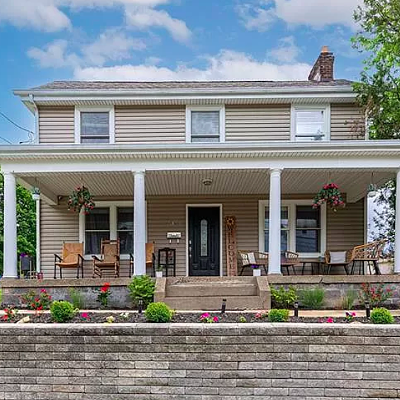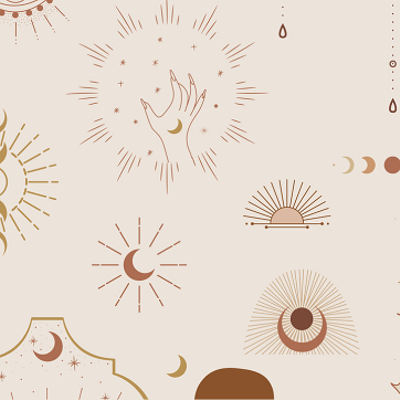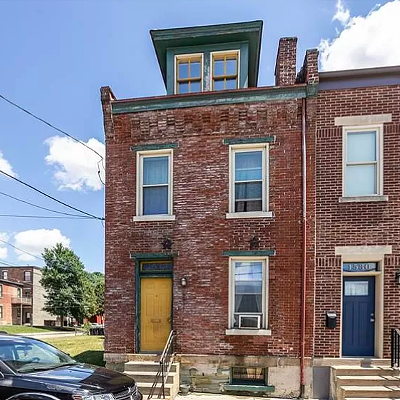Well, one obvious answer is that the bus, like UV rays themselves, is no longer visible. Targeted at college kids and young folks in general, the Ultraviolet Loop stopped running in September 2004. (You can, of course, still see the route marked on Port Authority bus-stop signs: Somewhere in town there's probably a frat boy who's still waiting for the bus to come.)
To answer your question, I turned to Pat Clark, Pittsburgh's Oldest Living Young Person, and also the husband of City Paper staffer Al Hoff. In his capacity as a member of the Ground Zero Action Network -- which advocated for youth-friendly city policies -- Clark was involved in devising and implementing the Ultraviolet concept. Plus, to hear his spouse tell it, he's got plenty of time to talk.
As the Port Authority explained at the time, the UV was to be "a hip new urban bus loop that will link many of Pittsburgh's diverse neighborhoods on Friday and Saturday nights." Starting in 2002, each weekend the bus traveled from Downtown to the South Side, through Oakland and the East End, then back through Lawrenceville and the Strip District until returning Downtown. (Another bus, meanwhile, followed the same route in reverse.) The route was chosen, the Port Authority explained, to join "many of Pittsburgh's great neighborhoods and entertainment highlights including theatres, restaurants, and other performance and cultural destinations."
Clark says that since the route "was designed to be circular," its backers wanted a name that "would riff on the belt system" -- Pittsburgh's famous/notorious network of color-coded highways which encircle the city.
"We were trying to think of how we could do a color that was cooler than a color," Clark says. And thus the Ultraviolet name was born. "And of course, the name was also a wry reference to Mr. Warhol." (For those who aren't familiar with Pittsburgh-born Andy Warhol's movies -- and lemme tell you, they're the feel-good hits your family has been searching for -- "Ultra Violet" was one of Warhol's so-called Superstars.)
Such savvy marketing was necessary if the UV Loop was going to succeed. In the early days, it had support from local foundations, who underwrote the $20,000 cost of operating the route. "The idea was to build a ridership large enough for the Port Authority to take over the route when the foundation money ran out," Clark said.
To be honest, I never saw more than a handful of people on a UV bus, but then I'm Pittsburgh's Youngest Living Old Person and was often in bed early. "Our rush hour really didn't start until after midnight," Clark says. Numbers compiled by Loop organizers showed modest gains in ridership with frequent fluctuations and peaks in the summer months. Students from Pitt and Carnegie Mellon University made up between one-third and one-half of the route's traffic.
Unfortunately, the UV Loop got caught up in the broader financial troubles at the Port Authority. "I thought it was a great idea, but because of the funding situation, we just couldn't take it on when the outside funding disappeared," says the transit agency's spokeswoman, Judi McNeil. Averaging between 300 and 400 riders per day, she says, "the ridership was OK, but not high enough for us to say we could sustain it." And as McNeil points out, "A lot of people were already using the 51C and the 54C" -- the latter of which follows a path similar to the UV loop.
Political realities play a part as well. Here was a system facing service cuts, possible rate increases, and other changes that would hurt working people. In those circumstances, it's hard to justify a bus route whose target market is perceived to be college kids out on a bender.
McNeil and Clark both blame the route's failure on the absence of guaranteed funding from Harrisburg. For my part, I think young people share some of the blame, too: When the Port Authority has shown a willingness to experiment with new, youth-friendly ideas – such as the UV Loop and putting bike racks on buses -- people have been slow to respond. And that, too, is part of the reason ideas like the UV Loop are heard, but not seen.










